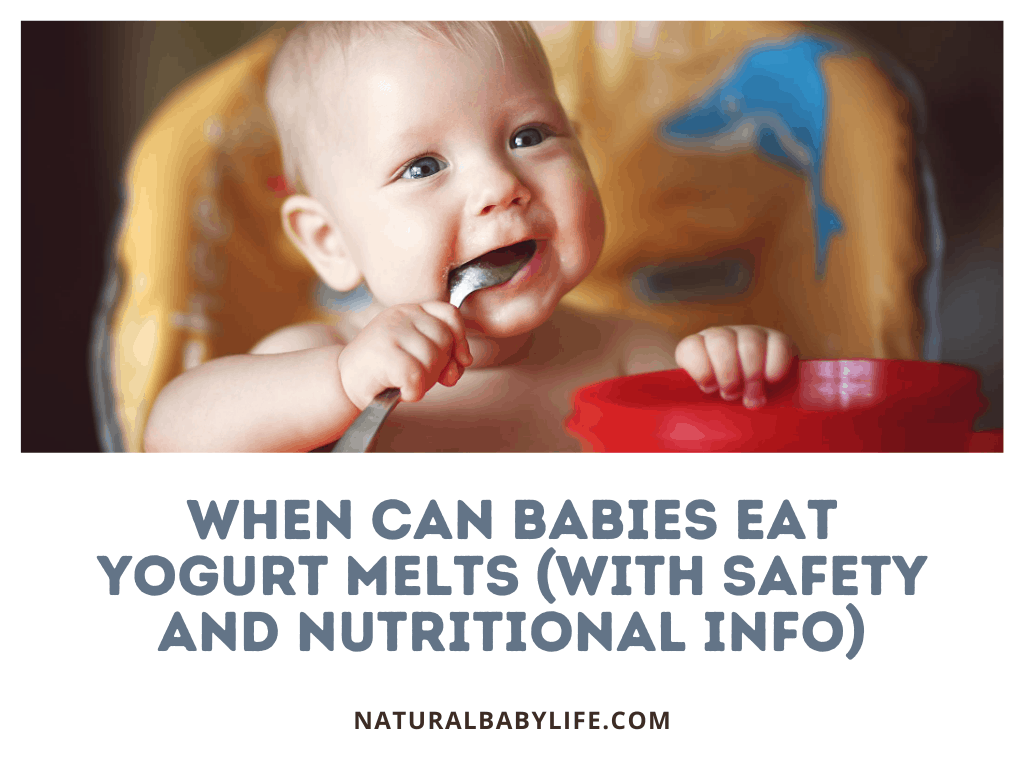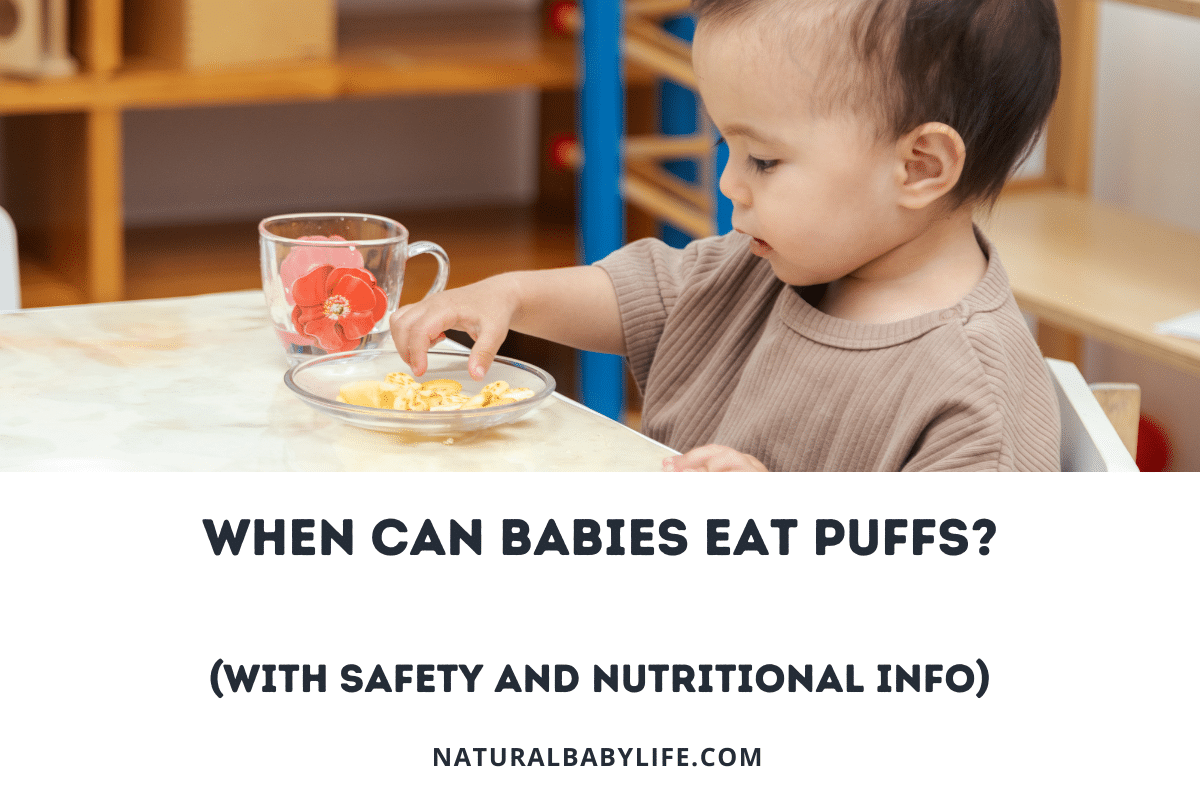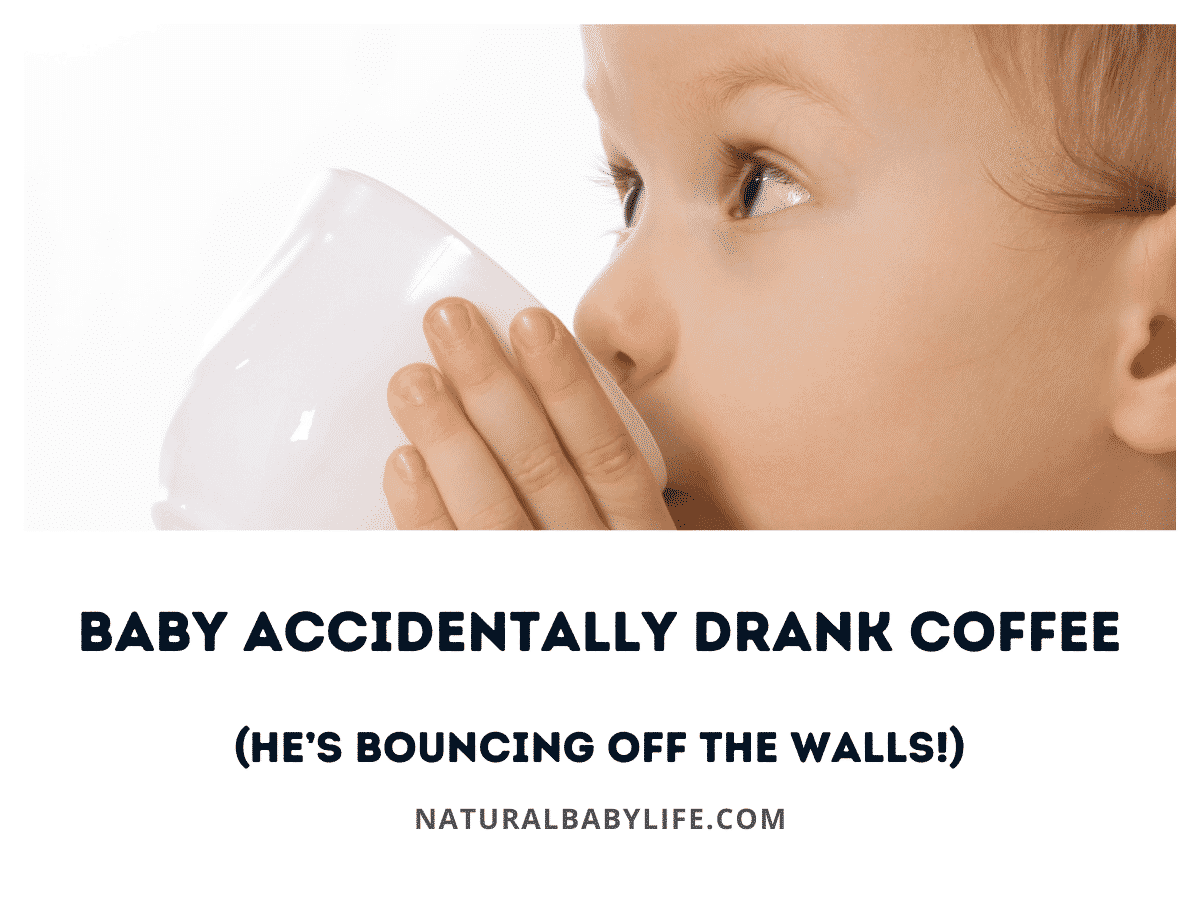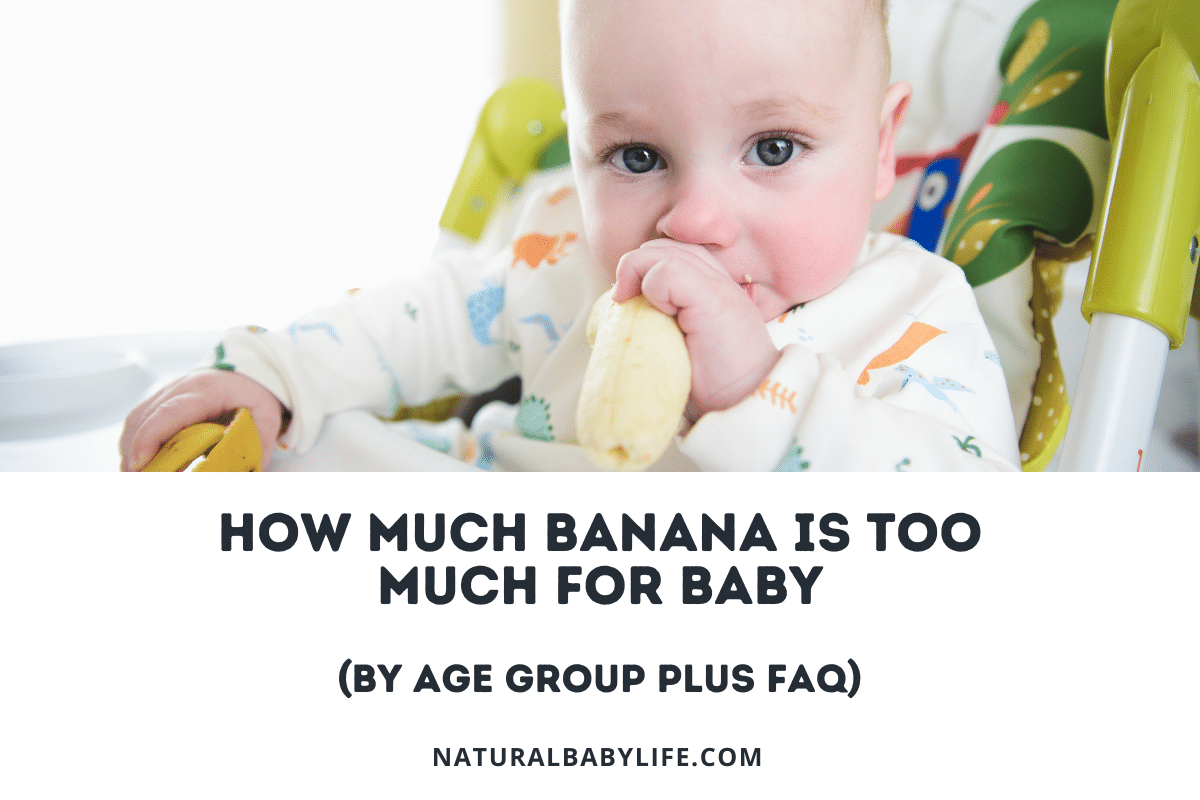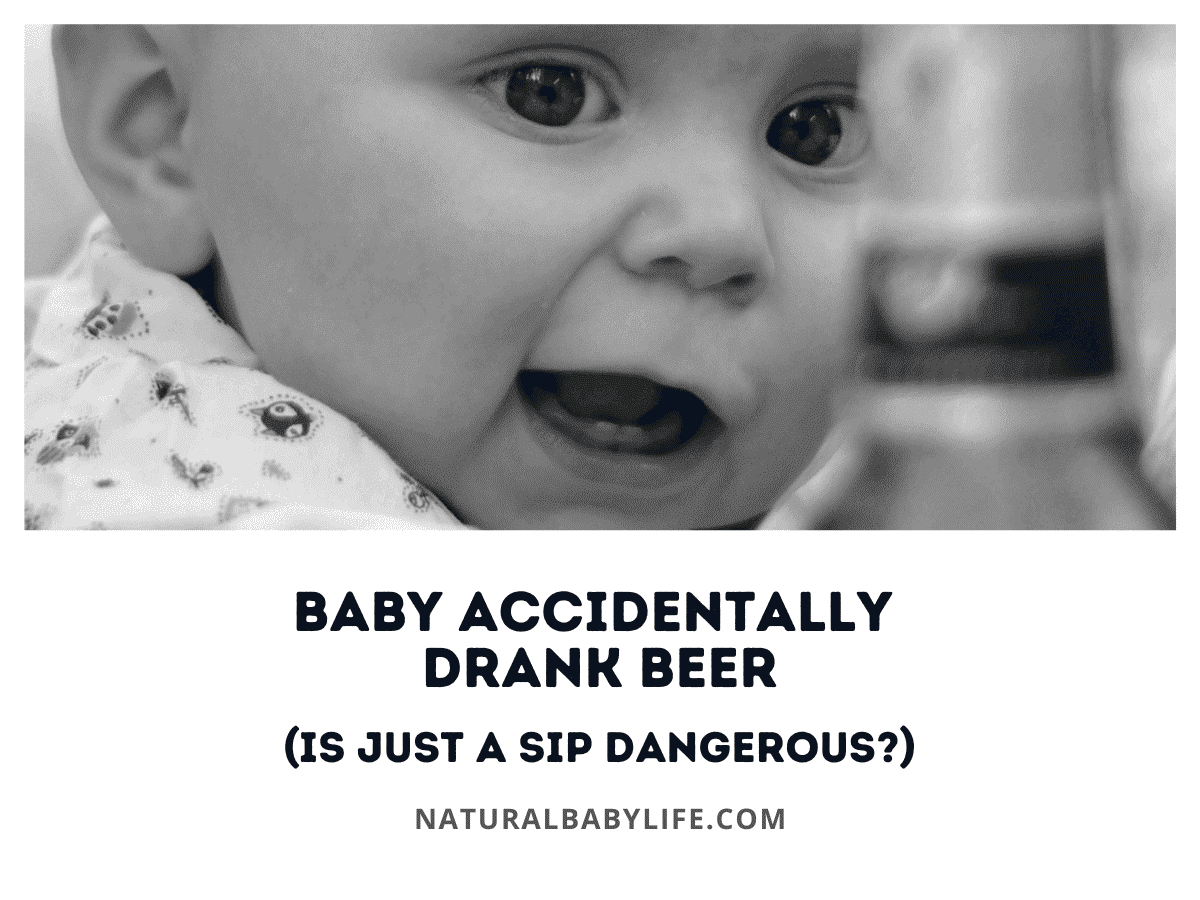Yogurt melts are a common food to give babies that are starting to experiment with solid foods but many parents might wonder when it is okay to give yogurt melts to their baby for the first time. Since starting solid foods can be a tricky topic, I thought it would be a good idea to tackle this question and discuss some important safety precautions as well!
Babies can eat yogurt melts starting between 4-9 months or once they begin eating solid foods. Yogurt melts are generally a safe and healthy snack for babies, but special care should be taken to avoid excess sugar, potential allergic reactions, and possible choking risk. DIY yogurt melt recipes are a great way to control the ingredients and sugar.
Like all ages and stages, introducing solids comes with lots of questions from parents. You may wonder about what’s safe, what food groups are recommended, and how best to feed them to baby.
Table of Contents
What age can babies eat yogurt melts?
Yogurt melts are a popular snack for babies because, as the name suggests, they melt in your mouth, they’re healthy, and they taste good, but when is it safe to serve them up to your little one?
It’s recommended that parents wait until the 4-6-month mark to begin feeding baby solid foods and, beyond that, 7-8 months is a safe time to offer finger foods such as yogurt melts. Once baby is showing signs of readiness, it’s okay to begin offering them a variety of cereals, fruits and vegetables, and other foods baby can safely feed to themselves.
It’s no longer advised that parents delay offering allergy-causing foods like dairy, peanuts, soy or fish beyond 4-6 months, so you can offer dairy-based foods, like yogurt melts, when your baby shows they’re ready for finger foods.
But, like all things in life, one must learn to crawl before they can walk. The same goes for learning to eat and feed yourself, which babies work on in their First Year.
When can baby try solid foods?
The American Academy of Pediatrics recommends that parents wait until 4 to 6 months of age to begin offering babies what are called “soft solid” foods. Soft solids include foods like baby cereals and pureed fruits and vegetables.
The AAP shares the following indicators to know your child is ready to be exploring solid foods for the first time:
- Can baby hold their head up? Your child should show good head control when seated in a high-chair or an infant seat.
- Does baby show interest in eating? If your child is watching your plate intently and seems interested in what you’re eating, then they may be ready for solids.
- Can they move food from a spoon to their throat? If you give your baby a spoonful of baby cereal, are they able to move the food from the spoon and swallow? If they spit it out or cannot get food to their throat, they may need more time.
- Is baby big enough? Generally, once baby has doubled their birth weight, they are able to begin eating solid foods.
Other cues to watch for to help you feel certain your baby is ready for solids include:
- Moving toys from their hands to their mouths and chewing on or mouthing their hands
- Can baby sit up with or without support?
Once baby is ready to begin enjoying solid foods, it’s best to begin with the traditional soft solids like cereals or purees before moving on to finger foods like puffs, yogurt melts, soft fruits, etc.
Allergy-Inducing Foods and Dairy Products
It used to be that parents were advised to wait until babies were older than 4-6 months before parents began offering them what were known as “allergy-inducing” foods, which is why parents question foods, like yogurt melts, in the diary category for children under age 1. Things like soy, nut butters, dairy, and fish were thought to be off-limits to babies previously.
However, that is no longer the recommended strategy and the AAP suggests feeding baby a well-balanced diet from the start unless your pediatrician advises against it due to family or baby’s health history with allergens or other conditions.
This means that dairy products are safe to offer to babies as they begin exploring solid foods. Feel free to offer baby things like cheese, yogurt, yogurt melts and other dairy-based products as part of their diet. However, it is still not recommended that babies drink cow’s milk until age 1 because they cannot properly digest it.
What are yogurt melts?
We’ve talked a lot about them already, but what exactly do we mean when we say ‘yogurt melts?’
Yogurt melts go by many names and come in different varieties, but the premise is the same: yogurt that has been dehydrated or frozen and portioned into bite-size pieces to enjoy as a healthy snack. You may find them frozen or dehydrated and called melts, dips, bites, chips etc…
They can be plain or include flavors and added sweeteners to make them a bit more enticing-especially for children.
Yogurt melts ingredients
Ingredients can vary depending on whether they’re made at home or store-bought, but all of them include yogurt (Greek or unstrained), fruit or other sweeteners. If they’re store-bought they may include preservatives, added sugars, and artificial ingredients.
Yogurt melts can also be made with non-dairy milk, like soy or almond milk for babies with certain sensitivities or other dietary concerns.
Are yogurt melts unhealthy food?
Like yogurt, yogurt melts can be a healthy snack but they can also be fairly unhealthy if they include extra sugar.
Yogurt melts typically include healthy vitamins, fats, and proteins normally found in dairy foods essential to healthy bodies, but they may also include artificial flavors, sweeteners, preservatives, or other unnecessary added ingredients. It’s important to be mindful of labels, ingredients, and serving sizes when choosing (or making) your own yogurt melts.
What are the best yogurt melts for babies?
Depending on your dietary preferences, yogurt melts can be a wholesome treat. It’s not recommended to give babies much unnecessary or added sugars in their diet, so be sure to check labels and understand ingredients and serving suggestions clearly.
Some popular store-bought options you can try:
In my experience, most of the yogurt melts that you can buy in the store will taste about the same and are of similar quality. With that in mind, I really consider the ingredients list to be the most important part of the equation during the shopping process.
If you’re worried about added sugars or artificial ingredients, you can make your own yogurt melts at home which we will cover at the end of the article!
Are yogurt melts safe for babies?
After baby masters the cereals and strained peas, it’s time to move on to something more substantial: finger foods!
Finger foods can be offered safely at 7-8 months of age. By this time, baby is mastering hand-control and can begin grabbing things, like small pieces of food, in a “pincer grab” and moving it to their mouth. To prevent choking, be sure foods are cut small, are soft, and easy to swallow.
Safe things to offer baby as finger foods are those that can melt in their mouth are soft, don’t require teeth to chew, and are small. Great finger foods to start with include:
- Soft cheeses (shredded cheese or cottage cheese)
- Yogurt melts (frozen or dehydrated)
- Dry, unsweetened cereals or Puffs
- Soft fruit
- Cooked vegetables
- Cooked, diced pasta
- Soft meat, like cooked chicken, cut small (think pea-sized bites)
- Cooked potatoes, cut
- Scrambled eggs
Foods to avoid giving baby at this stage:
- Grapes, cherry tomatoes, and berries (unless they are peeled and cut small)
- Hot dogs
- Raisins
- Nuts and popcorn
- Candy
- Raw vegetables or hard fruits
- Marshmallows
- Untoasted bread (like white bread which can become sticky or hard to swallow)
- Chunks of meat or cheese
Can babies choke on yogurt melts while eating?
Short answer: yes.
Choking is a leading cause of injury among children under 5, so proper and cautious mealtime supervision is crucial for keeping baby safe as they learn to chew and swallow.
Realistically, yogurt melts dissolve very quickly in your baby’s mouth and are unlikely to pose much of a threat. However, special care should be taken to ensure that baby doesn’t put too many yogurt melts in her mouth at once! Solve this by only handing your baby a few melts at a time to eat.
To help prevent choking, be sure to do the following during mealtimes:
- Don’t allow baby to eat in the car
- Discourage laughing or playing with food in their mouths
- Be sure child is seated while eating (not playing on the floor or walking with food)
- Be sure food is cut small and cooked or prepared properly
- Keep a close eye on your child while they eat as choking is silent
One risk posed by dehydrated yogurt melts, in particular, is the potential for absorption of moisture making them sticky and hard to chew.
If you leave them out or use them past expiration date, yogurt melts can absorb moisture, so it’s best to make this a well-supervised snack and not one left in a cup for use later in the day. Be sure to follow storage and usage instructions carefully. Frozen yogurt melts are best given to older babies who have some practice in chewing and swallowing solids.
Can baby eat yogurt every day?
I mentioned before that the biggest concern with yogurt bites is possibility of an allergy. Assuming that you have let your baby try yogurt melts and they didn’t have any issues then you will be fine letting them have some every day.
With that said, there are some potential watch-outs to be aware of according to Verywell Family:
- Make sure you make your yogurt melts with full-fat yogurt only for the same reason babies should only drink whole milk – they need the fat!
- Avoid added sugars and artificial flavors – keep it natural!
- Serve in moderation – a handful every day is fine but don’t let them become a meal replacement!
How many yogurt melts are good for babies?
The key word here is moderation, as with most things.
In general, babies aged 6-12 months should have only a limited amount of dairy as their digestive system continues to develop.
Once they turn a year old, they can have 16-24 ounces of dairy per day and then at 2 years they can move up to 2.5 servings of dairy per day.
How to feed your infant or baby yogurt melts
Since the biggest real choking danger with yogurt melts presents when your baby has a LOT of them in their mouth it is best to serve yogurt melts in such a way that babies can only get a few at a time.
This can be accomplished by:
- Handing baby a few at a time on a high chair or feeding area
- Putting yogurt melt ‘puffs’ into a baby serving container that they can reach their hand into
Homemade yogurt melts (DIY recipes!)
If you’d prefer to skip the grocery store and attempt to whip up your own recipe at home, you’re in luck because the internet is full of recipes, tips, and tricks to creating this popular, family-friendly snack at home.
How to make yogurt chips that don’t melt
Frozen yogurt bites are great for older babies and toddlers accustomed to chewing solid foods and may also be a welcome treat for teething children.
However, they’re best eaten right from the freezer, so they don’t melt and become messy. If you’re looking for yogurt melts that don’t, well, melt, then perhaps trying a dehydrated or baked homemade recipe or prepared option is best for packing in the diaper bag.
Dairy-free yogurt melts
Looking for some dairy-free recipes?
Yogurt melts can be made dairy-free using almond milk, coconut milk or soymilk products like this frozen yogurt melt recipe from Wee Little Vegans, which calls for just two ingredients: coconut milk yogurt and pureed, freeze-dried fruit. Easy and tasty!
Briefly, all you have to do is:
- Grind up the freeze-dried fruit in a coffee grinder or blender until it’s powdered
- Combine the yogurt and powder in a bowl and mix well
- Add the mixture to a piping bag
- Pipe small dots of the mixture onto a parchment-lined baking sheet
- Put the sheets in the freezer for a couple of hours or until frozen
- Store frozen and enjoy cold before they melt!
Frozen yogurt melts
Frozen yogurt melts can be made in many combinations easily at home with ingredients you have on hand. The recipe mentioned above, for example, is intended to be kept frozen.
A quick Google search will yield hundreds of other recipes, but if you’re looking for some easy, healthy recipes, check out some of these:
- These Healthy Yogurt Melts for Baby from Baby Foode calls for just 2 ingredients: baby fruit puree and yogurt
- This recipe from Fit Mommy Strong is another easy 2 ingredient recipe
Or, check out a quick we made in the kitchen the other day using just Greek yogurt and a pouch of baby food:
Baked yogurt melts recipe
Looking for something more shelf-stable and portable? Then try making your own dried yogurt bites at home. These recipes include a few more steps than frozen yogurt melts, but if you’re a whiz in the kitchen and looking for something portable, these are for you.
Some recipes for yogurt bites or melts will call for a food dehydrator (like this recipe here), but you can create your own at home in your oven!
Here’s an easy-to-follow tutorial from Witty Mommy for baking yogurt melts like Gerber’s at home:
Straight up, frozen or dehydrated, yogurt is a healthy snack for babies. Dairy products like yogurt melts can make great first finger foods or teething treats.
As with all first foods, speak with your pediatrician about allergy concerns or dietary preferences and always supervise baby’s meals and snacks.
Happy snacking!

